Turrets and reticles generally compliment each other, although sometimes they can perform the same function. On old-school rifles, one commonly used the turrets for initial zeroing and the reticle for shooting. As the “turrets” were capped and required a screwdriver or coin to make adjustments, they weren’t conducive to on the fly adjustments in the field. The idea was that you would do a one-time set to get the rifle shooting to where the crosshairs were indicating at a certain distance. Later, shooting in the field, the user would rely on holdover to account for longer distances.
Before we get into nuances and differences of turret and reticle combinations, we can limit the scope of turret types. Since this is a series about long-range shooting, we’ll stick to “target” or “tactical” turrets. Those differ from more traditional capped turrets that are designed primarily for initial zeroing of a rifle. Here, we’ll focus on turrets that remain exposed and are intended to be used in the field on a shot-to-shot basis to adjust for elevation, windage, and target movement. These taller drums aren’t just big and bulky to look cool – they show you the adjustment markings so you can adjust for each different shot requirement.
There are numerous concepts to consider when making an optics decision when it comes to turrets and reticles, so let’s try to hit some of the biggies.
Read the rest: Quick Turrets & Reticle How To Primer for Long-Range Shooters


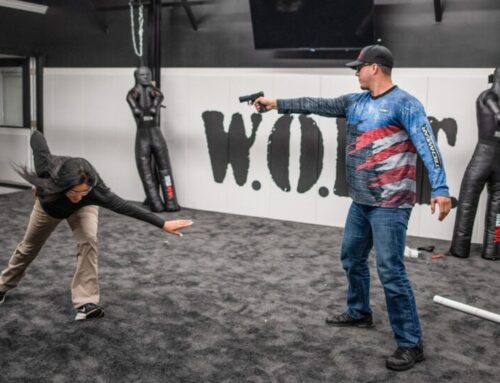
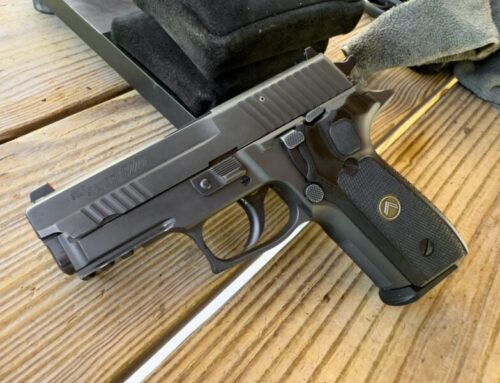

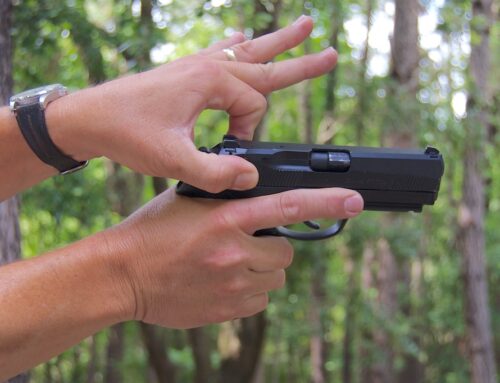
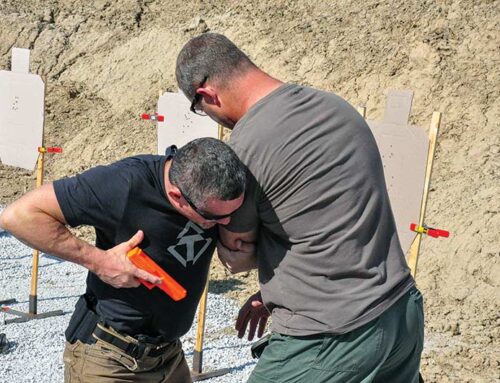
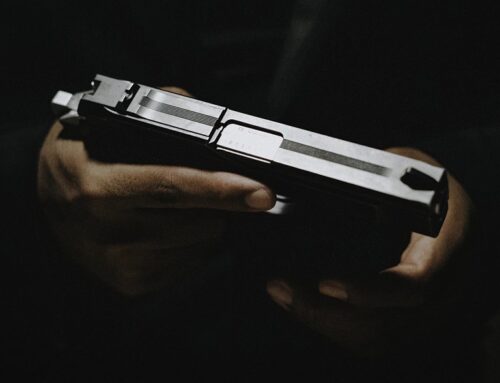
Leave A Comment